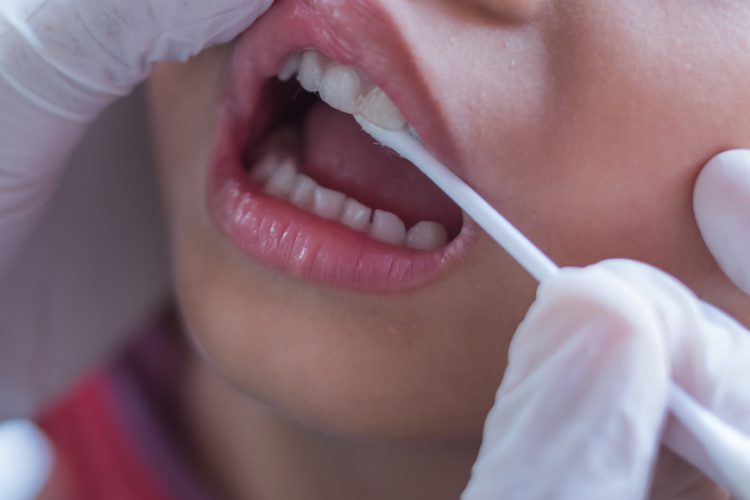PIT-AND-FISSURE SEALANTS
What is Pit and Fissure
Newly erupted teeth are rapidly colonized by bacteria. The shape of the pits and fissures is such that it is more prone to cavities as compared to other tooth surfaces. In cross-section, the shape of a pit-and-fissure lesion is an inverted V with a narrow entrance and a progressively wider area of involvement closer to the DEJ.
How to prevent pit and fissure caries
The use of fissure sealants is a simple and economical way. Nearly 90% of children up to 18 years have some caries all children should be assessed for fissure sealants throughout the eruption of the permanent dentition.

Indications
- All permanent molars in children
- Primary posterior teeth in children at risk high of caries
Older patients with reduced saliva flow are at increased risk of caries and also should be considered candidates for sealants.
Method
- Remove gross debris with a blunt probe. In many instances, minimal widening of the occlusal fissure to facilitate the penetration of sealant material into the depth of the fissure.
- Etch the tooth with a gel etchant for 20 seconds and wash with copious water and dry with air irrigation for 20 seconds.
- Apply a thin coat of sealant to the pits and fissures
What is the objective of pit-and-fissure sealants
To eliminate the shape that harbors bacteria and to prevent nutrients from reaching bacteria in the base of the pit or fissure. Sealants occlude portions of these sites that are not self-cleansing.
The principal feature of a sealant required for success
is proper retention. So micro-mechanical retention is required. A sealant can be applied only after complete debridement, isolation, and acid etching of
the surfaces. A sealant cannot be applied so precisely that there is no excess extending onto self-cleansing areas of occlusal surfaces. Therefore it becomes important to adjust the material as needed following placement.
Fluoridated varnish
How it is more effective than other topical fluoride as compared to other topical fluorides
Preparations, fluoridated varnishes bind fluoride to enamel for longer period. The reduction of caries has been approximately 30%. These are effective in both primary and permanent dentitions. No fluorosis has been seen following twice-yearly applications. There is recent clinical evidence that concentrated fluoridated gels are more effective in the permanent dentition than the primary dentition, benefiting particularly the first permanent molars.
Indications
- Hypersensitive areas.
- Newly erupted teeth.
- Local remineralization of white spot lesions.
- Individuals at high caries risk.
- Individuals in high caries risk groups.
Which Brand is good
Fluor Protector (Ivoclar Vivadent) is a silane fluoride varnish.
How fluoride varnish is applied
- Gross plaque and stains should be removed.
- Drying of the teeth before application facilitates adhesion and may also be beneficial for fluoride uptake.
- Such highly concentrated fluoridated gels should be limited to professional use and should not be dispensed for home use in children.
- Rapid penetration of fluoride into the enamel and the formation of a highly insoluble tin–fl uorophosphate complex coating on the enamel are the main mechanisms of its action.
What is Tooth Mousse Plus
- Applied to surfaces at risk for caries or erosion or with white spot lesions.
- Applied to teeth after brushing and flossing by smearing across tooth surfaces with a clean finger or cotton-tipped applicator. The cream is not rinsed out.
- Should not be used by people with a milk protein allergy.
- A review of epidemiological data for Australia and overseas indicates that the twice-daily use of a toothpaste containing fluoride will prevent new caries development in approximately 80% of children, and an estimated 60–70% of adults.
The Caries-risk Assessment
Tool (CAT) as proposed by the American Association of Pediatric Dentistry provides an appropriate set of physical, environmental, and general health-related factors in such evaluation.
Low risk
● No new carious lesions within 12 months.
● Twice-daily use of an appropriate strength toothpaste containing fluoride.
● Spot application of topical fluoride to newly erupting permanent posterior teeth.
